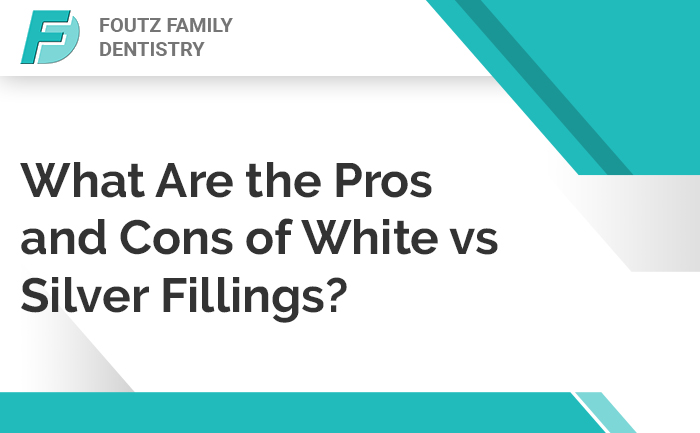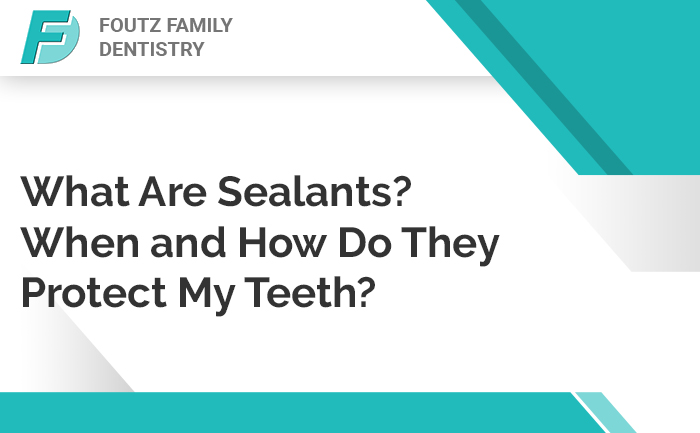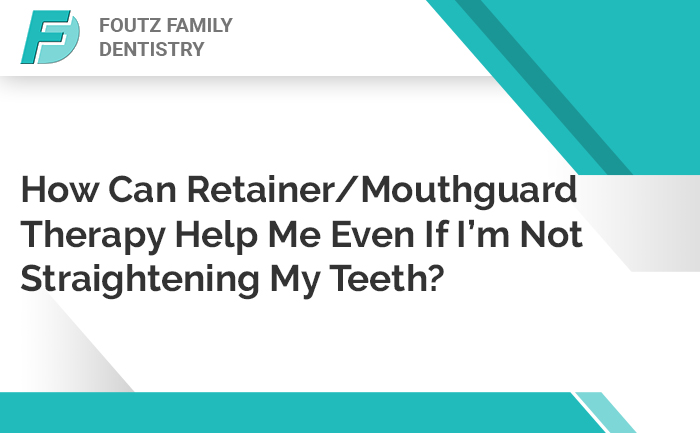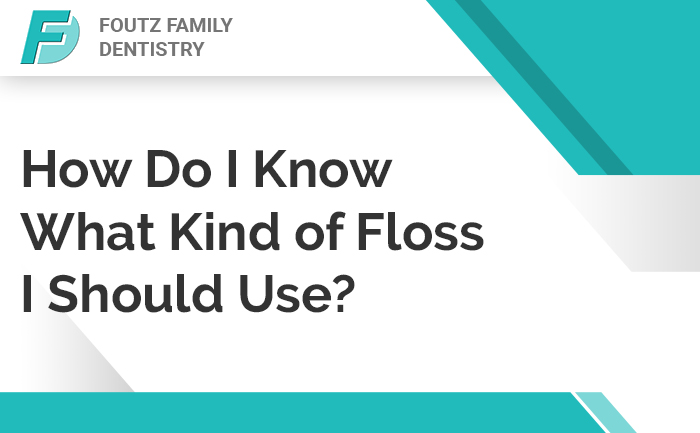Barton Foutz, a fourth-generation dentist and a man of adventure, recently fulfilled a lifelong dream of climbing Mount Kilimanjaro. With four months of training under his belt and his spirit ready for the challenge, he embarked on an unforgettable journey to northeastern Tanzania with his brother-in-law Brent Ford.
After a long international flight from Las Vegas to London Heathrow, and a final leg that landed them at Kilimanjaro International Airport, the two men met up with their guides Frank and Laraa at the entrance of the Marangu route. They pulled the required permits for the 50-mile roundtrip trek and set off on a six-day journey up the mountain, with four days up and two days down.
The Marangu trail is the oldest and most established route up Kilimanjaro, and it is the only one that uses huts instead of tents for overnight accommodation. This was a welcome relief for Barton and Brent, who were grateful for the comfortable shelter after a long day’s hike.
The journey began with a six-mile hike through a dense, temperate rainforest to their first camp at about 9000 feet. Along the way, they were accompanied by their porters, each carrying up to 35 lbs of their gear on their heads, and a cook and a waiter to pamper them with three hot meals a day.
As they hiked steadily through the moorlands, they reached the second camp, Horombo Huts at the 12,400 foot elevation. The beds in the huts were surprisingly comfortable, and the star shows at night were breathtaking and unforgettable.
On Monday the 19th, they enjoyed a rest day at Horombo and continued acclimatizing with a day hike up to Zebra Rocks, a formation named after its dark and cream-colored stripes. The next day, they continued the ascent towards their third camp at the base of Kibo peak. At an altitude of 15,400 feet, they prepared for the final ascent towards the summit.
With five hours of sleep under their belt, they put on their warmest gear and started hiking up by headlamp towards the summit. They allowed seven hours to climb the final 4000 feet. With 500 feet to go, they were stopped in their tracks by the dawn’s rosy glow, which soon spread across the sky and lit up the peak of Kilimanjaro in all its glory.
For Barton Foutz, the journey to the top of Kilimanjaro was more than just a physical challenge; it was a life-changing experience that left him feeling humbled, grateful, and inspired. And as he returns to his dental practice in Las Vegas, he carries with him the memories of two weeks, two continents, and 20 thousand miles that will stay with him for a lifetime.

















